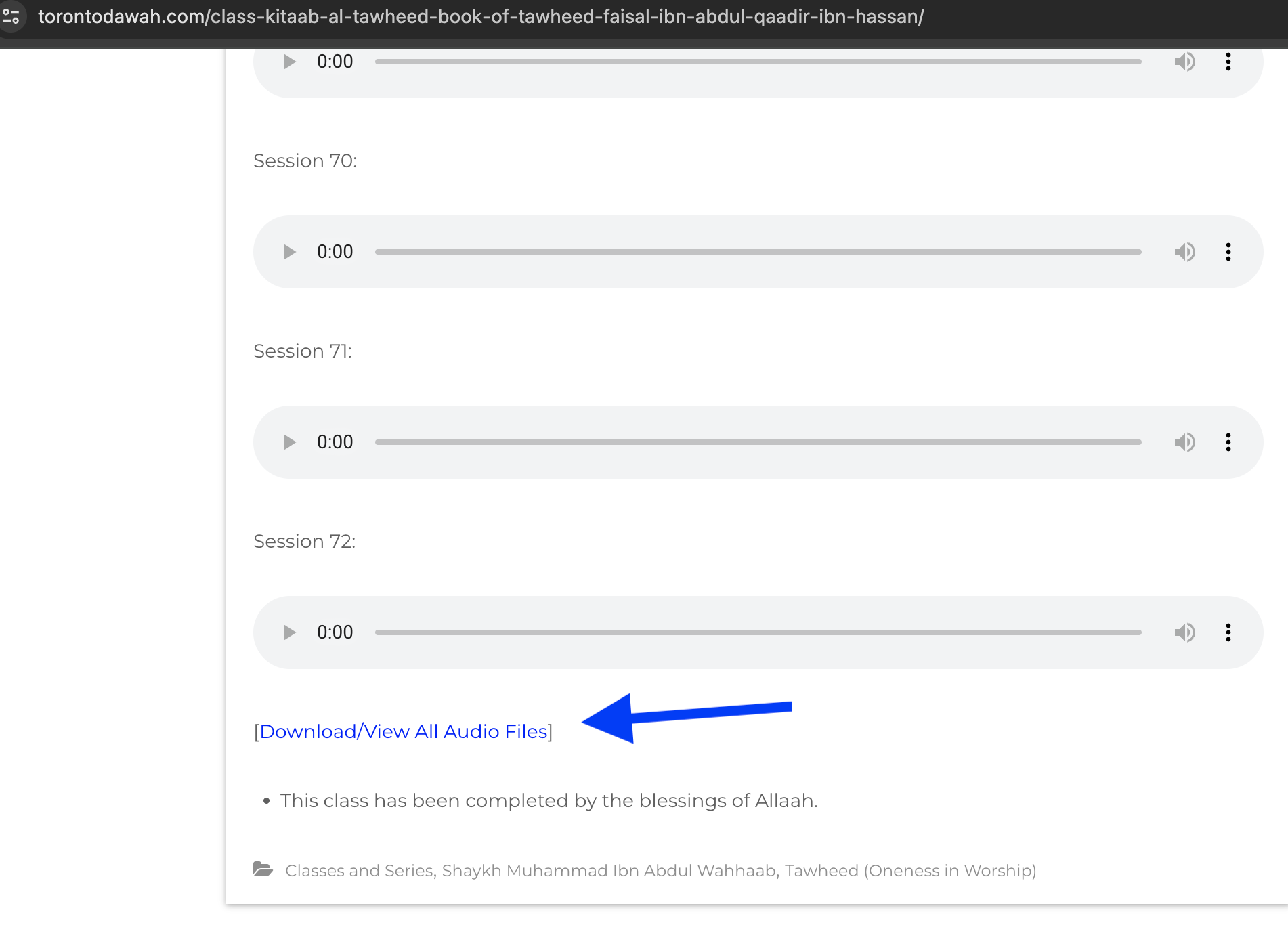The Barelvi movement is named after the town of Bareilly, India, from where this movement was originated.
We present below some of the beliefs of the Barelvis or the order of Nawary, as named after its current leader Nuwary, carry in mind that this sect is actually a product of the ahmadiyyah sect since it has been proven that the founder of the Barelvi sect Ahmad Raza Khan was initially a student of one of the heads of the ahmadiyyah sect and it is not surprising that this sect only happened to appear after the British colonialism in India.
Amongst what they believe is:
- Believing that the Messenger (peace be upon him) is alive and is made from the light of Allah and it isn’t a human being.
- Believing that the Messenger (peace be upon him) knows the Ghayb (unseen) and that the Prophet is an absolute assistant to Allah and he is present, especially after the Jumu`ah (Friday) Prayer.
- Believing that the Messenger (peace be upon him) has the right of giving intercession in advance.
- Believing in the Awliya’ (pious people) and the dead at whose graves they offer Salaah and ask for help.
- Building domes and lighting the graves.
- Repeating their famous supplication: “O Muhammad, the Messenger (peace be upon him)””
- Getting angry with anyone who says Ta’min (saying: “Amin” after reciting Surah Al-Fatihah) aloud and raise their hands in Salah and considering them as belonging to the Wahhabi order.
- Finding it extremely strange that people use Miswak (tooth-cleansing stick) before offering Salaah.
- Kissing the fingers during Wudu’ (ablution) and Adhan (call to Prayer) as well as after Salaah.
- Their Imam always recites the following Ayah (Qur’anic verse) after Salah: “Allâh sends His Salât (Graces, Honours, Blessings, Mercy) on the Prophet (Muhammad صلى الله عليه وسلم), and also His angels (ask Allâh to bless and forgive him)”. Consequently, the Ma’mums (persons being led by the Imam in Prayer) invoke Allah to send peace upon the Prophet collectively and loudly.
- Building Masjids and being too preoccupied with decorating them in addition to writing on the Mihrab: “O Muhammad”.
- Use of devotional music (and Sufi dhikr dances).
- Considering themselves the followers of the Sunnah and true `Aqidah (creed) and deeming those who do not follow their order as wrong.
- They may symbolizes their group through wearing green turbans or green scarfs.
- Many of their leaders have the beliefs of the al-Maturidiyyah and the Atha’rees concerning the Names of Allah which is it to distort and negate the apparent meanings of the attributes of Allah.
- Some went so far in exaggeration for the Prophet sallahu alayhi wa salam to the extent they allowed to name themselves “Abdul Mustapha”
[Excerpted along with additions]
Compiled by
AbdulFattaah Bin Uthman
Abu Fajr
Adding to this:
- They (their mu’adhin) send the Salat and Salaam on the Messenger of Allah (Sallallahu Alaihe Wasallam) before every adhan.
- They stand for Salah when the mu’adhin says: “I bear witness that Mohammed (Sallallaho Alaihi Wasallam) is the Messenger of Allah” in iqamah.
- They (their mu’adhin) send the Salat and Salaam on the Messenger of Allah (Sallallahu Alaihe Wasallam) before every adhan
Compiled by
Sarim Malik
Abu Abdullaah




